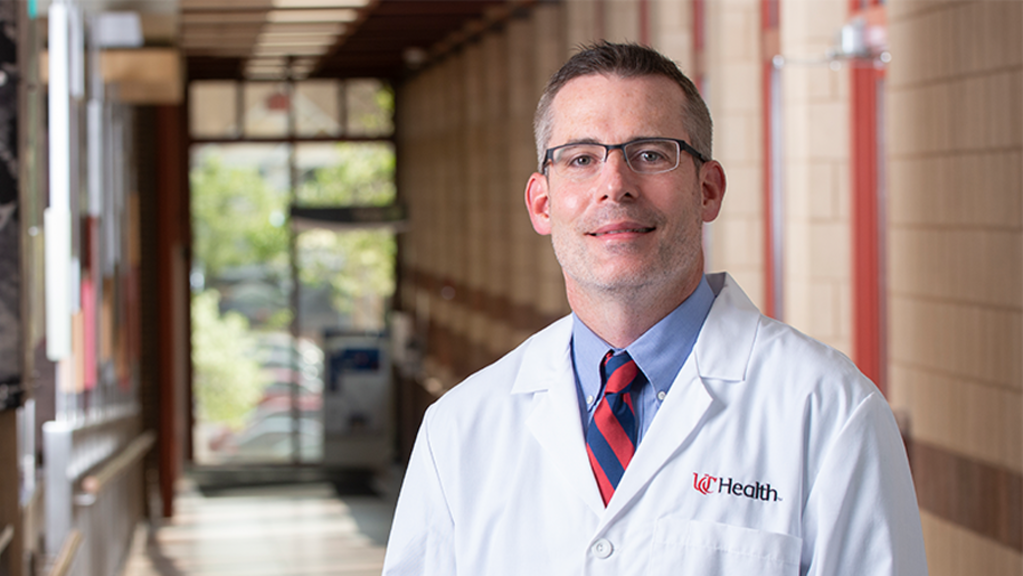On April 1, 2015 was a day that began like any other for Dr. William (Bill) Shula—with a round of golf and a workout. But the day quickly took an unexpected and surreal turn. While driving home, Bill experienced an upset stomach and then suddenly blacked out behind the wheel. His car veered through a traffic light and crashed into a power pole. By the time first responders arrived, Shula had incredibly low blood pressure and was unconscious.
Shula recalls his near-death experience as feeling like he was floating outside his body, witnessing the frantic efforts of those trying to save him. But in that moment, something deep inside him stirred — a fierce determination to live, especially for his grandchildren and family.
The Bethel-Tate Fire Department and EMS life squad, recognizing the severity of his condition, made a crucial decision that would change the course of Bill’s life. They called UC Health’s Air Care & Mobile Care (ACMC). At that moment, the unexpected sequence of events took a turn in Dr. Shula’s favor.




